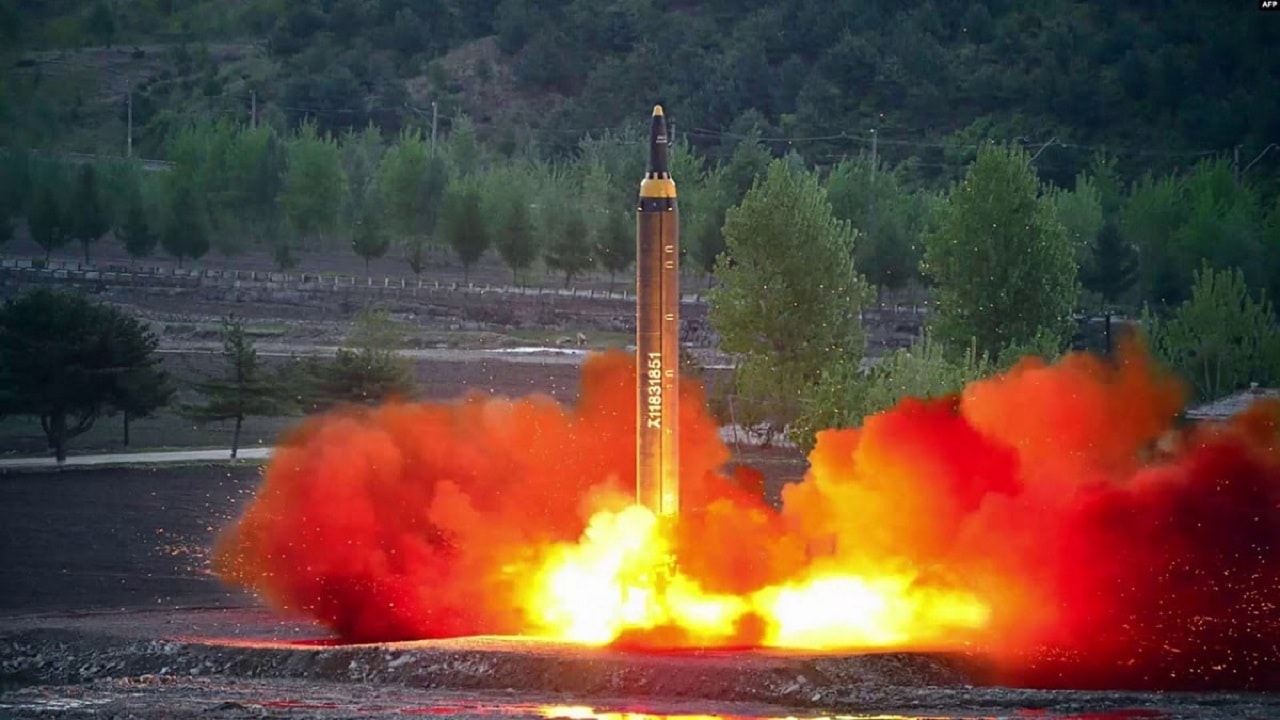North Korea couldn’t remain quiet in the shadow of the Ukraine invasion by their former patron. It demanded attention with a record-setting series of missile launches in 2022.
(Subscribe to Our YouTube Channel Here)
It’s likely that these were more demonstrations than pure tests. Indeed our intelligence agencies are keen on knowing what foreign guests were attending. There are good business reasons for this. North Korea’s clandestine, black market arms trade in small arms alone is reportedly worth more than $6B. Ballistic and other missiles of various ranges and types, including “hypersonic” missiles, missiles with evasive maneuvering trajectories, and heavy weapons, are also on offer, providing critical cash flow to the regime.
North Korea’s apparently successful nuclear weapons development, touted as necessary to deter the U.S., offers high potential for coercion. Trading in nuclear material and technology is lucrative. Given past capability surprises, it’s likely that they will achieve a submarine-launched ballistic missile capability, expanding their potential nuclear threat.
What to do about North Korea remains a vexing challenge. Since the early 90s, the United States, South Korea, and other allies alternatively tried isolation, pressure, and deterrence at one extreme, and engagement at the other. North Korea defied our best efforts, and even conducted deadly provocations to highlight their apparent immunity.
China and Russia have always found North Korea useful – to a point. UN and U.S. sanctions break down, despite fearsome descriptions as “strongest ever”, on the landward borders and through clandestine criminal maritime smuggling. Our allies and friends want our continued support, specifically including deterrence. They also want our continued restraint, even in the wake of deadly provocations, like the sinking of the ROKN ship Cheonan or the axe-murder assassination of Captain Art Bonifas USA, and 1st Lieutenant Mark Barrett, USA, in the DMZ’s Joint Security Area.
Simply put, nations near North Korea know that they are likely to become collateral damage in any fight. Sometimes muddling through is the least bad course of action among a series of unpalatable options.
So, what is different now? We see China’s increasing coercion of Taiwan driven by a leader who may have achieved lifetime tenure despite covid and financial stressors, Russia’s invasion of Ukraine currently foundering on unexpected resistance amidst questionable Russian military performance, and the China-Russia “no limits” friendship and cooperation. Iran joins the fray as a weapons supplier to the Russians, this time with unmanned aerial vehicles, among other things. This replays, at a different level, Iran’s Explosively Formed Projectile technology gift to combatants in the War on Terrorism.
It’s no longer possible, if it ever was, to consider Taiwan and Korea as separate combat theaters, as they were in 1950. The profound advances in the weapons fielded by North Korea and China put “paid” to that notion. Yet we always speak of them separately. Horizontal escalation across the littoral could be seen as advantageous. Coercing, or attacking Japan, forces a choice between defending the mainland and defending 100s of islands to the southwest, otherwise known as the prefecture of Okinawa. U.S. air, land and sea forces in Japan would have to choose between deploying to Korea or to the vicinity of Taiwan.
Work is needed to reinforce and modernize our deterrence.
Author Expertise and Experience: Lieutenant General Wallace “Chip” Gregson joined The Roosevelt Group as a Senior Advisor after over 30 years of service in the U.S. Marine Corps. Prior to retirement, Chip served as the Assistant Secretary of Defense, Asian and Pacific Security Affairs. He also served as Commanding General of Marine Corps Forces Pacific and Marine Corps Forces Central Command. He led and managed over 70,000 Marines and Sailors in the Middle East, Afghanistan, East Africa, Asia, and the United States.

